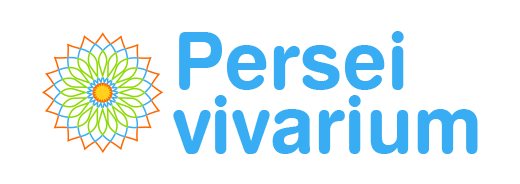How can Real-World Data improve treatments?
by Ana-Díaz Roncero, October 11, 2023

As we have seen before, Real-World Data (RWD) are increasingly valuable in the healthcare environment, as they provide evidence about diseases and treatments in a real-world context, helping to advance research, prevention, diagnosis, and treatment of diseases. As a result, these kinds of data are becoming a requirement for all the participants in the healthcare system: health authorities, professionals, industry, and patients, as they provide benefits to all of them.
In the case of industry and treatments, specifically, the application of Real-World Data offers enormous potential, from research to the indications for and uses of the product, along with the actual patient outcomes. In this context, RWD helps to:
- Complement clinical trials with Real-World Evidence (RWE)
- Improve access to markets for treatments and accelerate the availability of therapies focused on unmet medical needs
- Provide personalized treatments
- Support clinical decision making
- Improve the efficacy of and adherence to therapies
- Evolve toward a value-based healthcare model
If we follow the journey that a treatment takes until it arrives at the patient, the first contribution of Real-World Data is that they complement the data generated during clinical trials. In this way, evidence is gathered about the actual therapeutic effects of the treatments, reducing the associated uncertainty. This is useful in a variety of diseases, especially in those for which clinical trials have certain limitations, as in the case of diseases with a small number of patients. In those cases, this information is highly useful for regulatory entities, which are more often issuing conditional authorizations for medications, requiring the presentation of real-life outcomes after approval in order to provide the standard marketing authorization. This facilitates market access for innovative treatments focused on unmet medical needs.
Once the treatment has reached the market, it is the healthcare professionals who identify which patients will benefit most from those treatments. In this step, the use of Real-World Data can help them to prescribe the most appropriate therapy, evolving toward a model of personalized medicine that moves from the choice of treatment to the adaptation of that treatment based on the patient’s progress. The healthcare professionals can make use of the data collection and analysis in addition to the information about symptoms, adverse events, and quality of life in order to make clinical decisions based on evidence, adapting the therapies to the individual needs of the patients in real time. This process, carried out through technology that uses periodic reports of data directly from the patient, helps to improve effectiveness and therapeutic adherence, positively impacting the patients’ quality of life and health outcomes.
In this way, through the application of Real-World Data in the use of treatment, healthcare can evolve toward a value-based healthcare model, as this use facilitates the measurement of the actual impact of the treatments. This is key to this model, as the evaluation, financing and pricing of the treatments will depend on their actual contribution to a patient’s life.
It is in this stage of the development toward a value-based healthcare model that we find ourselves at present. Technology and Real-World Data are contributing to this change, from clinical trials to daily decision-making by healthcare professionals. All of this is aimed at finding more effective treatments and care that is personalized, accessible, and based on evidence.
Share

Ana-Díaz Roncero
Business Development
Persei vivarium

